incl. VAT plus shipping costs
Immediate delivery, express possible ![]()
More than 20 Articles in stock
Delivery only innh. Germany and Austria possible.
Switch to the German store
- Item no: 11189
Fast delivery times
All products are in stock with us!14 years of breeding experience
Let our team of experts advise you!High customer satisfaction
from over 3,000 reviews "| Water values: | soft to medium hard |
| with shrimps?: | with dwarf shrimp, offspring may be eaten |
| Temperature: | 20-25 °C |
| Behavior: | Active |
| Feature: | Interesting coloring |
| with fish?: | Yes, with peaceful fish |
| Aquarium size: | 100 l (approx. 80cm) |
| Breeding: | medium |
| Fish group: | Beardies |
| Final size: | 1-4 cm |
| Origin: | Asia |
| Diet: | omnivorous - omnivorous |
| Visual effect: | Especially colorful |
| Planting possible?: | Yes |
| with snails/shells?: | Yes |
| with dwarf crabs?: | Yes |
| Difficulty: | 1 - Simple |
| with large crabs?: | No |
| Pelvic region: | Center |
| with crabs?: | No |
Glow-in-the-dark danios, scientifically known as Brachydanio choprae or Danio choprae, are also often called ruby danios, salmon danios or snakeskin danios. They originate from flowing waters in Myanmar, but are also found in other parts of Southeast Asia. These popular animals have been known in the hobby for quite some time and belong to the carp family. Since they are very easy to keep and also to breed, they are especially interesting for beginners in aquaristics.
They have a torpedo-shaped body with a slight high back. The basic color is greenish-grey. An orange line runs down the upper back into the upper caudal fin. Several vertical dark stripes lie on the lower body to the lateral line. A red band runs across the posterior lateral line, ending in front of the caudal fin root. The belly is pale. The dorsal fin is nicely edged in yellow. Its mouth is terminal, the eyes large.
Mainly a more splendid color, but also the more compact body distinguishes the males from the females. The animals grow to about 3.5 centimeters. Females are slightly paler in color, but more rounded. Breeding is possible in the aquarium and does not require special knowledge. However, since the Glowlight Darter chases its young, it is better to use a spawning aquarium for successful breeding. Mainly fine feathered plants, but also different mosses are accepted by them particularly gladly for spawning - with it the basin should be equipped. Also a spawning grid or grate is of good service. After spawning the parents should be put back. The young hatch after a short time and can be fed with very small live food like slipper lizards. As a follow up food freshly hatched Artemia Nauplii. To keep them safe from the hungry mouths of their parents, they should not be transferred to the community aquarium until they reach a certain size.
The aquarium for Danio choprae should have at least 80 cm edge length. Even though they are not really schooling fish, they have a highly complex social structure, which is why they should be kept in groups of at least 8-10 animals. Since the lively comrades are quite dashing routes and some romping around, the aquarium should be well covered, so that they can not jump out. As a substrate a fine dark sand or gravel is suitable. With roots and stone structures, but also with caves, a great infrastructure can be created, which the animals gladly accept for retreat, but also as a territory marking. Also with Caves can also be used to accommodate them. The dense planting in places should rather be in the rear aquarium area or on the sides.
The peaceful Glühlichtbärblinge can be socialized without problems. This includes other tetras or danios from similar habitats, but also Dwarf Gourami like the Colisa lalia or also Dwarf armored catfish and Loricariid catfish offer themselves prima. With larger shrimps like the popular Amana shrimp or also well reproducing dwarf shrimps like the Red Fire or the Sulawesi domestic shrimp it gets along well. It can happen, however, that a cheeky young animal is regarded by him as a snack. The socialization with dwarf shrimps is also unproblematic.
As an omnivore , the Glowlight Shrimp can be fed any conventional granular, dry or flake food for omnivorous ornamental fish in the aquarium. Very fine live and frozen foods such as artemia, daphnia, cyclops or enchytraea round out its menu.
Our food recommendation: The professional NatureHolic Main feed is a professional main feed for all aquarium fish. Main feed we supply in the form of soft granules, which thanks to its grain size of half a millimeter can be easily absorbed by small to medium-sized fish. The soft consistency resembles the texture of insect larvae in nature and protects the fish mouth from micro-injuries.
Our plant recommendation: Use for planting NatureHolic InVitros. These are free of snails, planarians and other unwanted co-inhabitants. Also free from algae spores, bacteria and fungi.
Expert Tip: We recommend for fish keeping the NatureHolic 3 Phase Liquid. The care set offers the best all-round protection for your animals. It ensures optimal conditions for successful breeding and keeping.
| Scientific name: | Danio choprae |
| German name: | Ruby danio, salmon danio, glow-in-the-dark danio, snakeskin danio |
| Difficulty level: | for beginners |
| Origin/Distribution: | Myanmar, Southeast Asia |
| Coloration: | elongated body, vertical stripes, up to 3.5 cm in size, mouth superior, eyes large, males more colorful |
| Age expectancy | 2-4 |
| Water parameters: | GH 8-20, KH 8-15, pH 6.5-7.5, temperature 20-27° C |
| Tank size: | from 80 cm |
| Food | Omnivorous, conditionally herbivorous, dry food, live and frozen food |
| Breeding | normal |
| Behavior | very peaceful |
| Group size | 8-10 |
| Additional information | Ten typical aquarium fish for beginners and alternatives to them, Tips for acclimating fish to the aquarium, Feeding aquarium fish properly - cheap food and what it can do |
- Item no: 11189
Entdecke die Garnelio Welt!
Garnelio gehört zu den größten Onlineshops für wirbellose Aquarientiere weltweit.
Viele Artikel gibt es exklusiv nur bei uns im Shop.

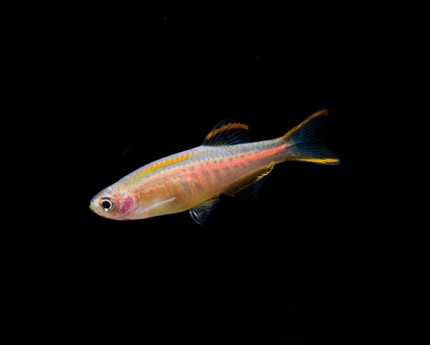

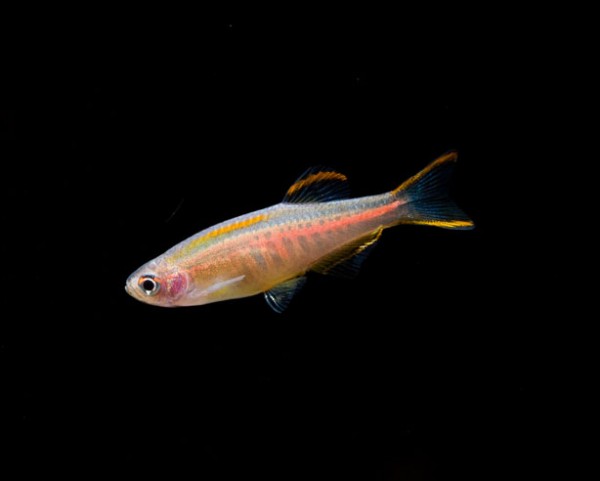

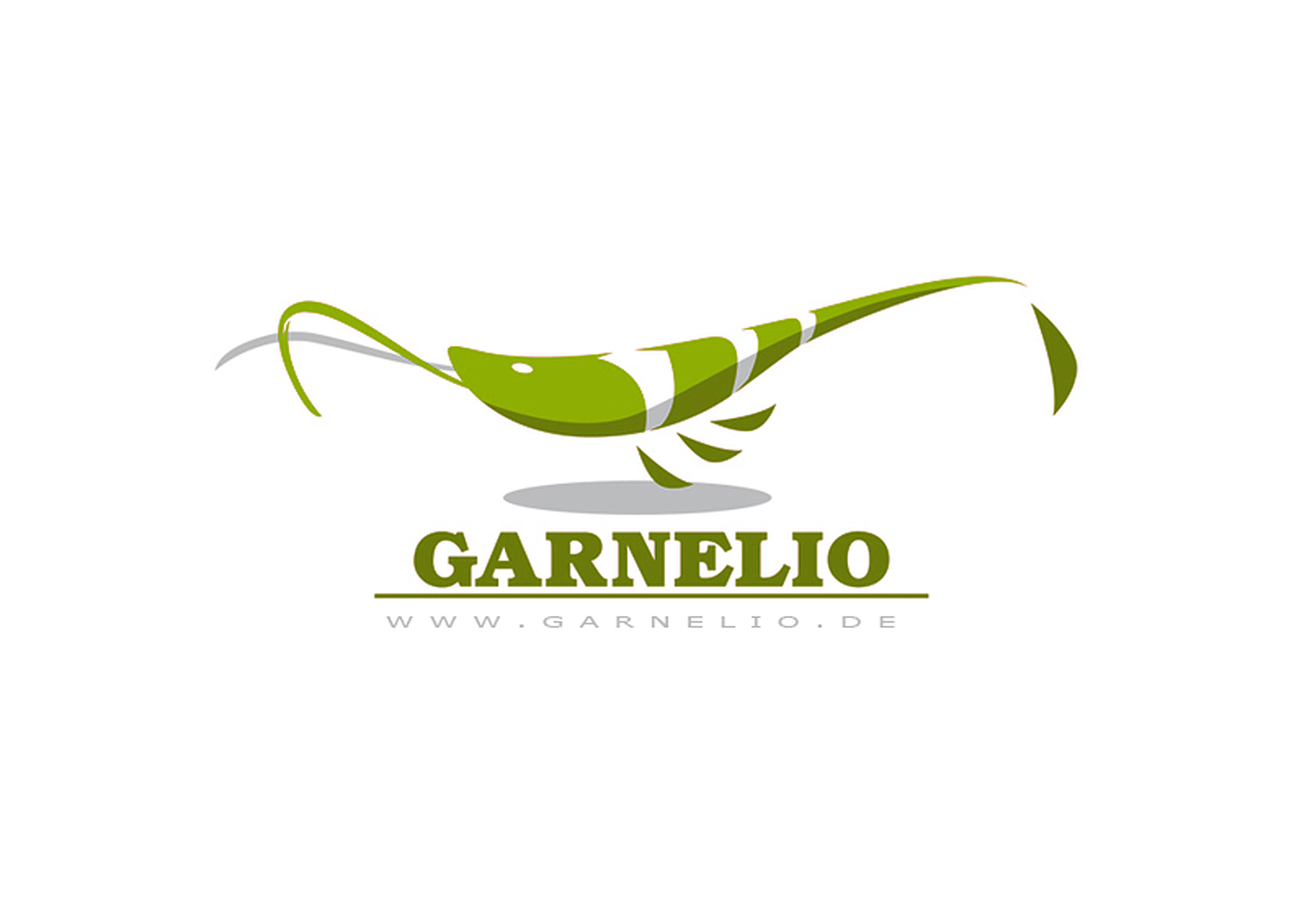
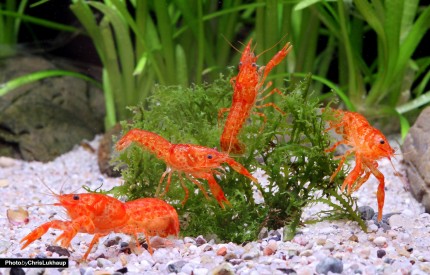


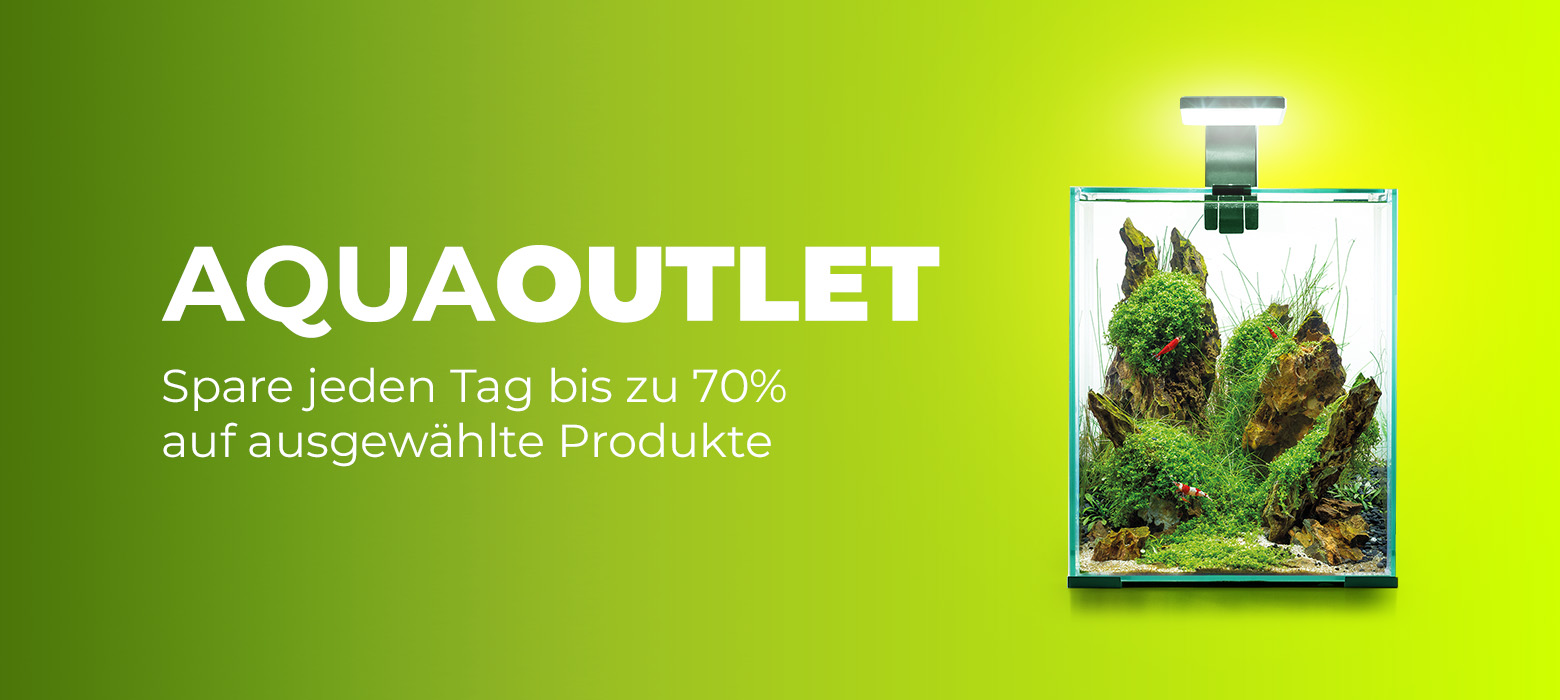
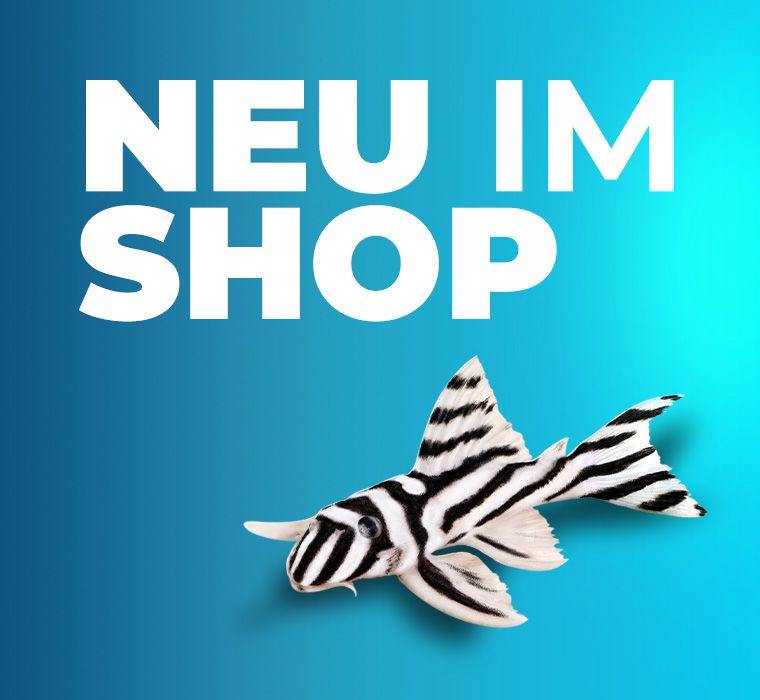
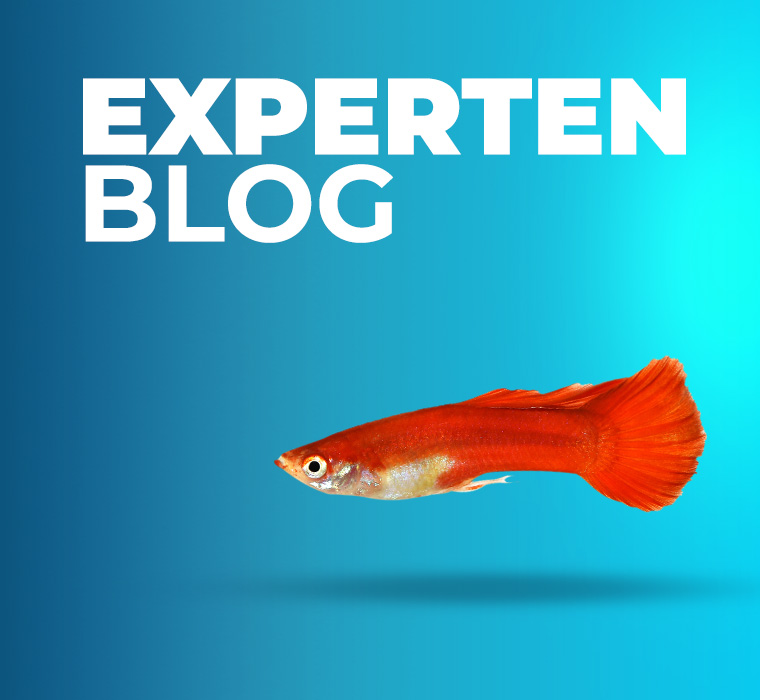
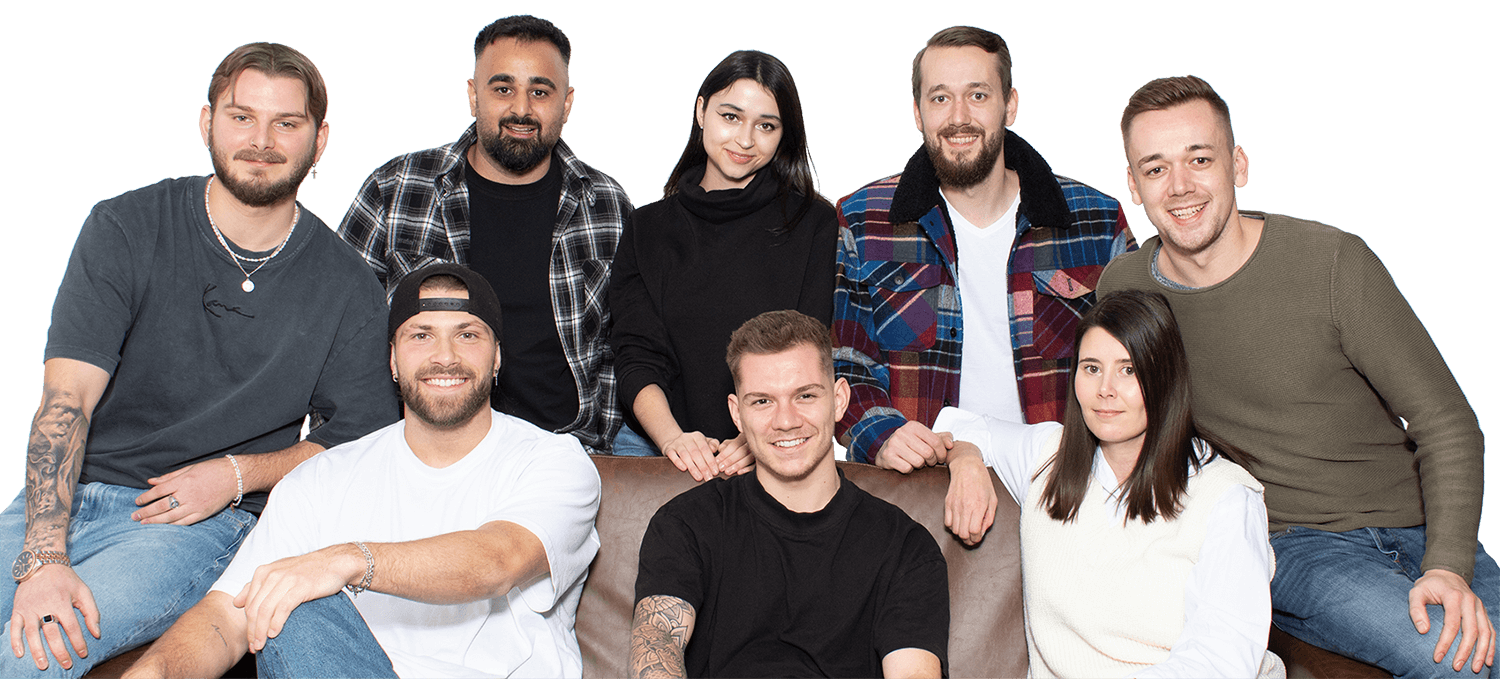
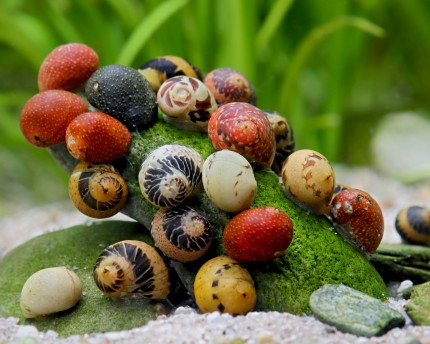
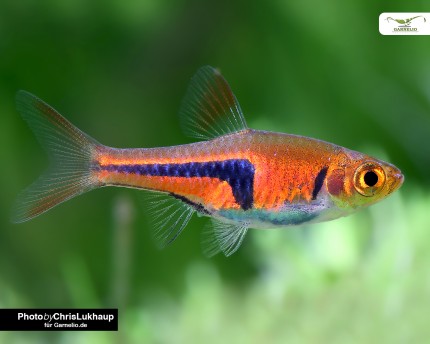
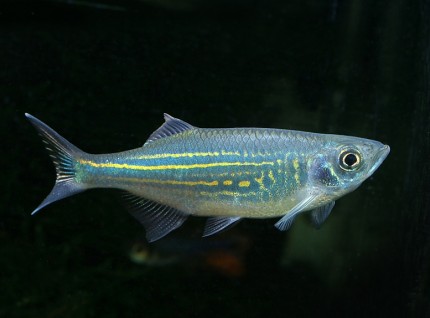
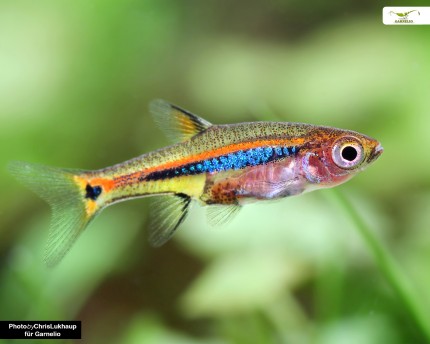
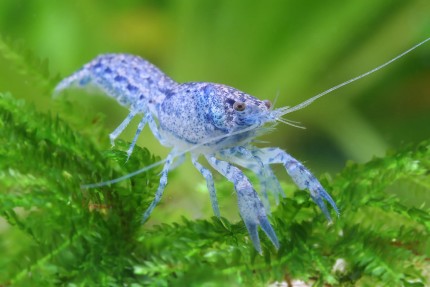
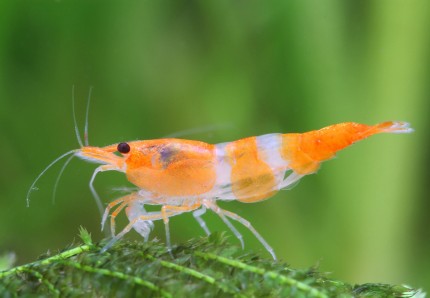
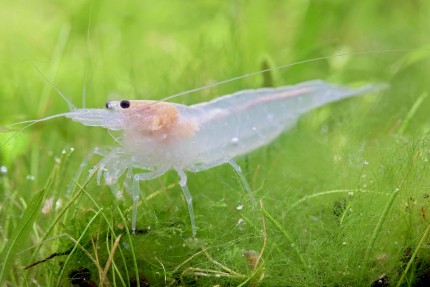
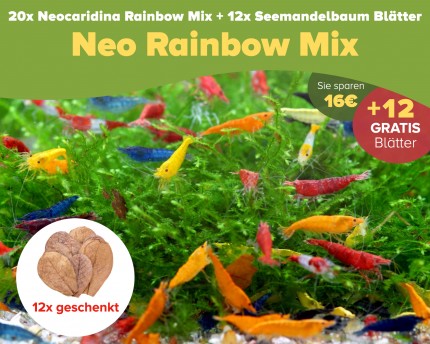
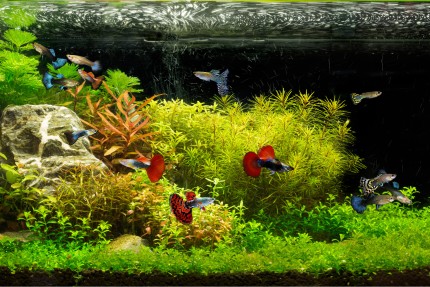
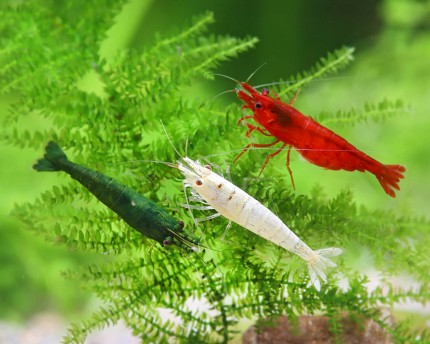
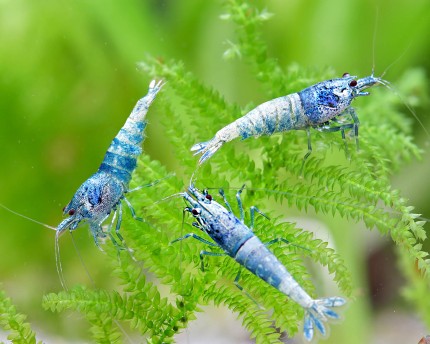

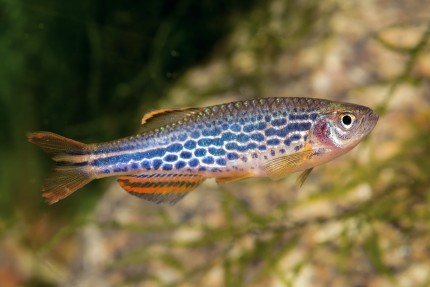
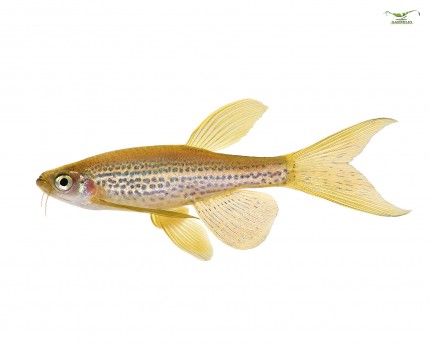
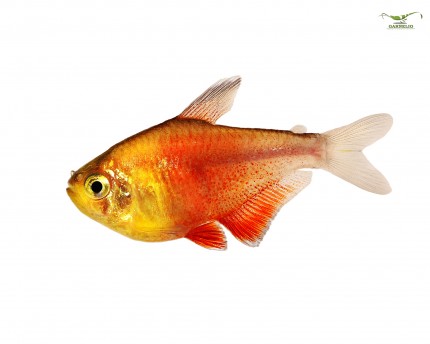
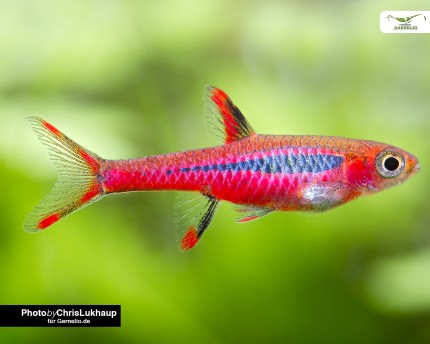
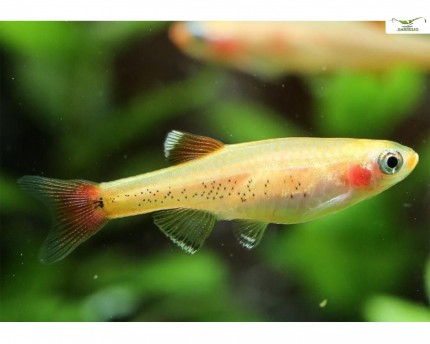
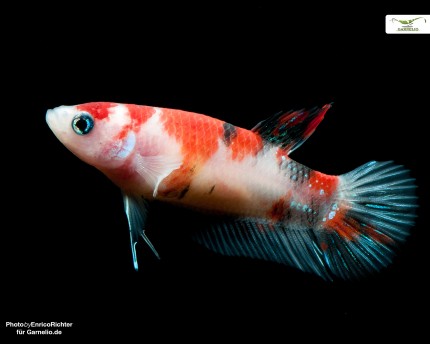
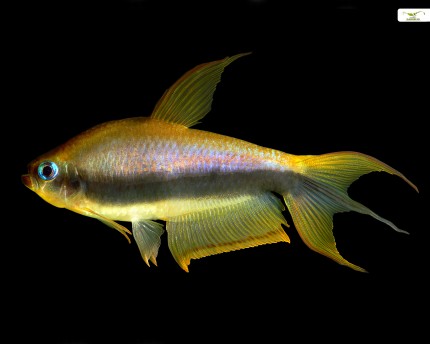
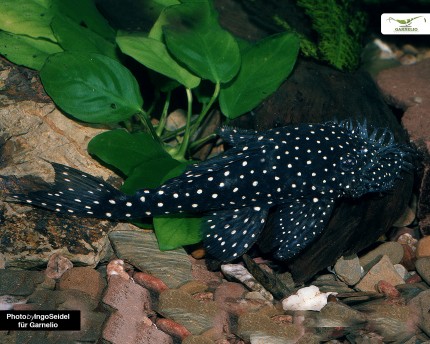
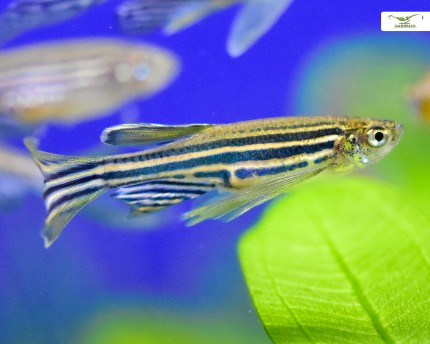
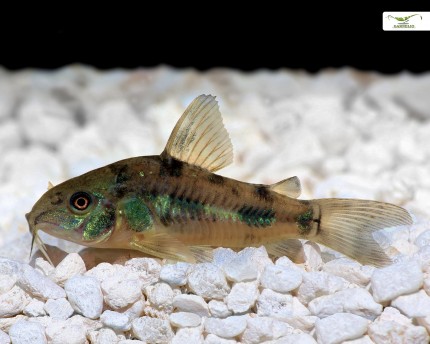
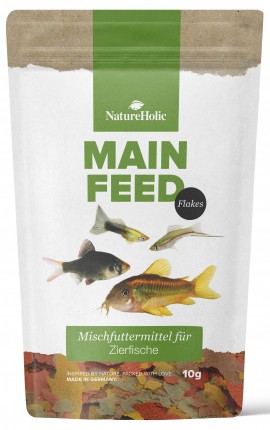
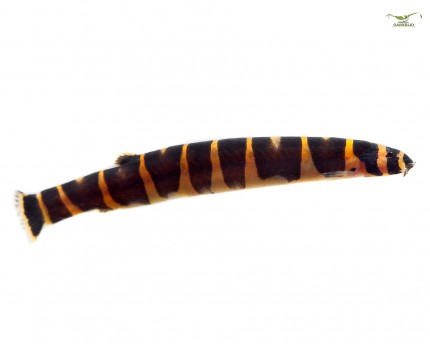
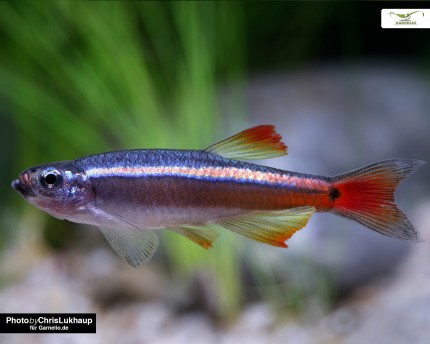
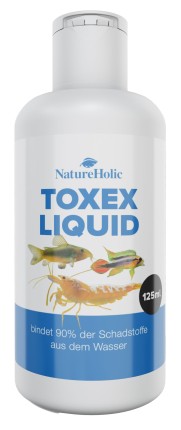
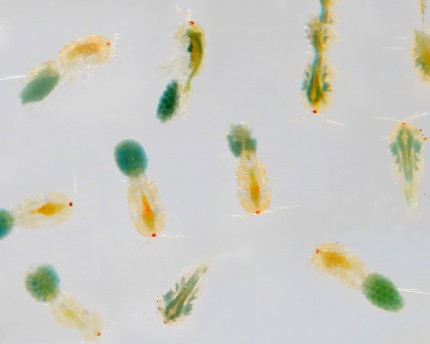
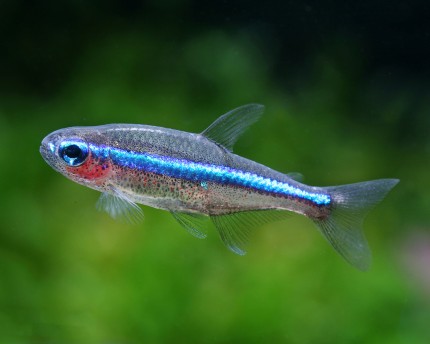
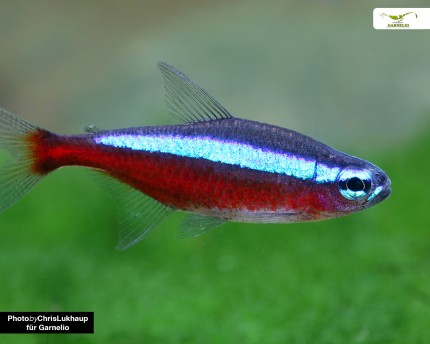

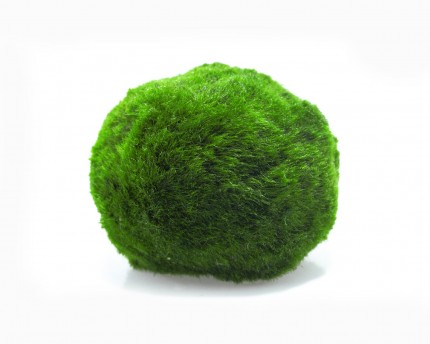
The fields marked with * are required.
I have taken note of the privacy policy.